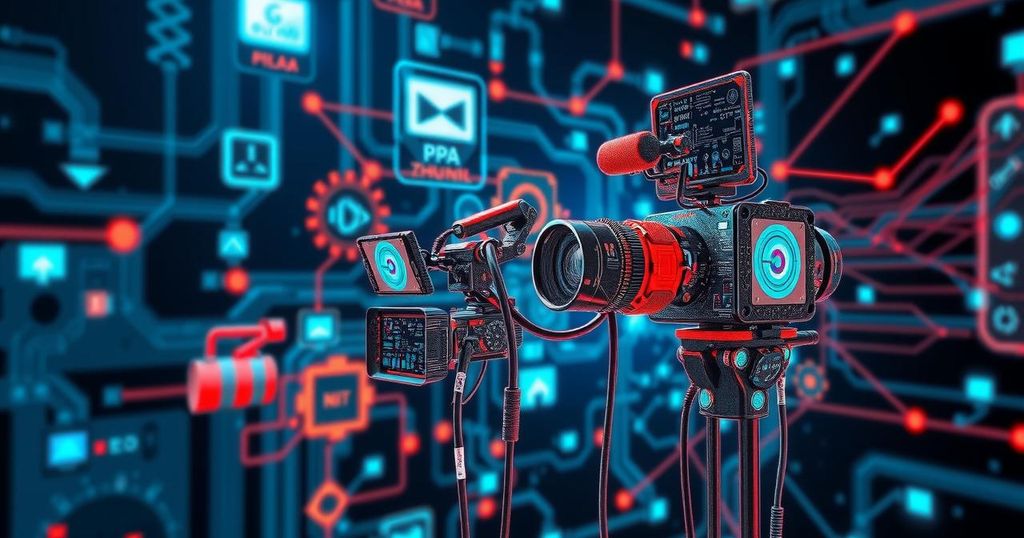Exploring Top Technology Trends in the Media and Entertainment Industry
Technological advancements are transforming the entertainment industry, driving innovations such as VR, AR, Web3, cloud gaming, and data-driven automation. These trends enhance user experiences and reshape content creation and consumption, allowing audiences to connect with entertainment in unprecedented ways. Optimized engagement strategies and immersive interactions indicate a future rich with personalized and interactive entertainment, fundamentally changing how media is experienced.
In this vibrant era of entertainment, technology is reshaping the way we connect with content, propelling it beyond the mundane into immersive experiences. The convergence of virtual reality (VR), augmented reality (AR), the transformative Web3, cloud-based gaming, and the powerful advancements in data, AI, and automation paint a compelling portrait of what’s ahead. As Bill Gates aptly noted, we are indeed changing the world through technology, and the realm of entertainment is at the forefront of this digital revolution.
As we delve into the heart of these trends, VR stands out significantly; it offers a portal into previously unimaginable realms of experience. Imagine stepping into a virtual world where you can interact with friends and explore limitless landscapes from the comfort of your living room. Nearly half of consumers expressed willingness to patronize brands that provide VR experiences. AR complements this by layering digital enhancements onto our physical reality, creating interactive moments in everyday life. From engaging educational journeys for children to gamified experiences enhancing social media interactions, AR offers a glimmer of enhanced real-world engagement.
Web3 represents the future of connectivity, evolving our perception of the internet as a platform for engagement and creativity. This decentralized web encourages novel ways of content creation, monetization, and user engagement—where the possibilities for users only expand. The rise of cloud-based iGaming is another significant leap forward, making gaming experiences accessible on various devices, all while reducing operational costs for providers.
In addition, the intertwining of data analytics and automation in this industry can be compared to a finely tuned orchestra, where each element plays a critical role in enhancing user experience, from personalized recommendations to automated engagement tracking. Through advanced analytical capabilities, content providers can gauge audience reactions, paving the way for more compelling storytelling and engaging experiences.
The landscape of media and entertainment is rapidly evolving, spurred by innovations in technology. This transformation is visible through the proliferation of various technologies that enhance user experiences and reshape content consumption patterns. Influential trends like VR and AR are redefining interactions, while emerging technologies such as Web3 bring novel strategies for content creation and engagement. The rise of cloud iGaming and robust data-driven practices further amplify this evolution, enabling a closer connection between creators and users in an increasingly digital world. With these trends combined, the methods of storytelling, interaction, and engagement are experiencing a renaissance, continuing to foster creativity and connection in the industry.
The entertainment industry stands at a crossroads, empowered by groundbreaking technological trends that redefine our relationship with media. As VR and AR create immersive experiences that captivate and engage, Web3 paves the way for innovative content ownership and monetization. Cloud gaming expands access, while the strategic use of data and AI sharpens user insights, tailoring experiences like never before. As we move forward, the fusion of these trends promises a future where entertainment transcends traditional boundaries, dynamically evolving to meet the needs of consumers everywhere.
Original Source: ocnjdaily.com




Post Comment